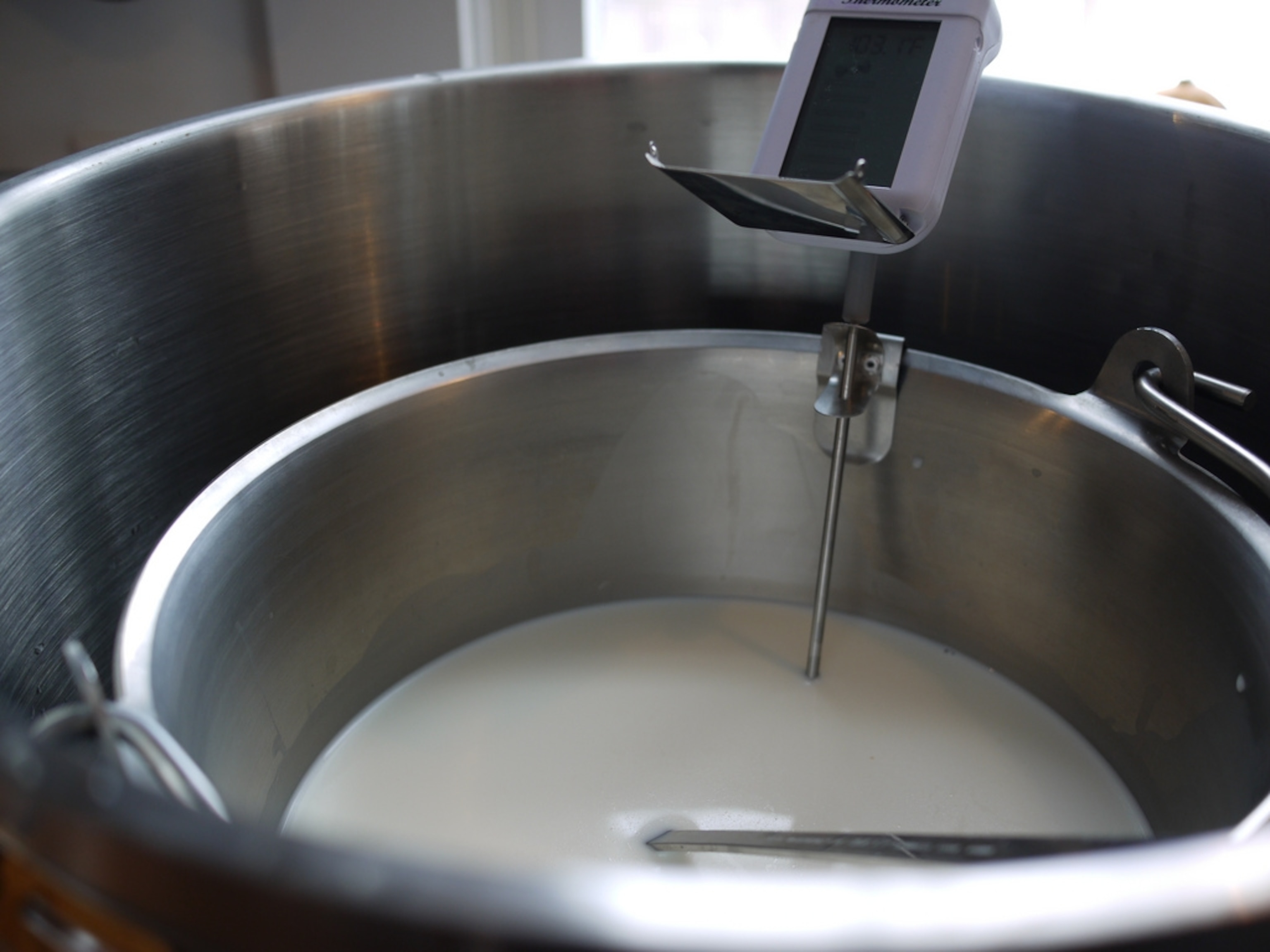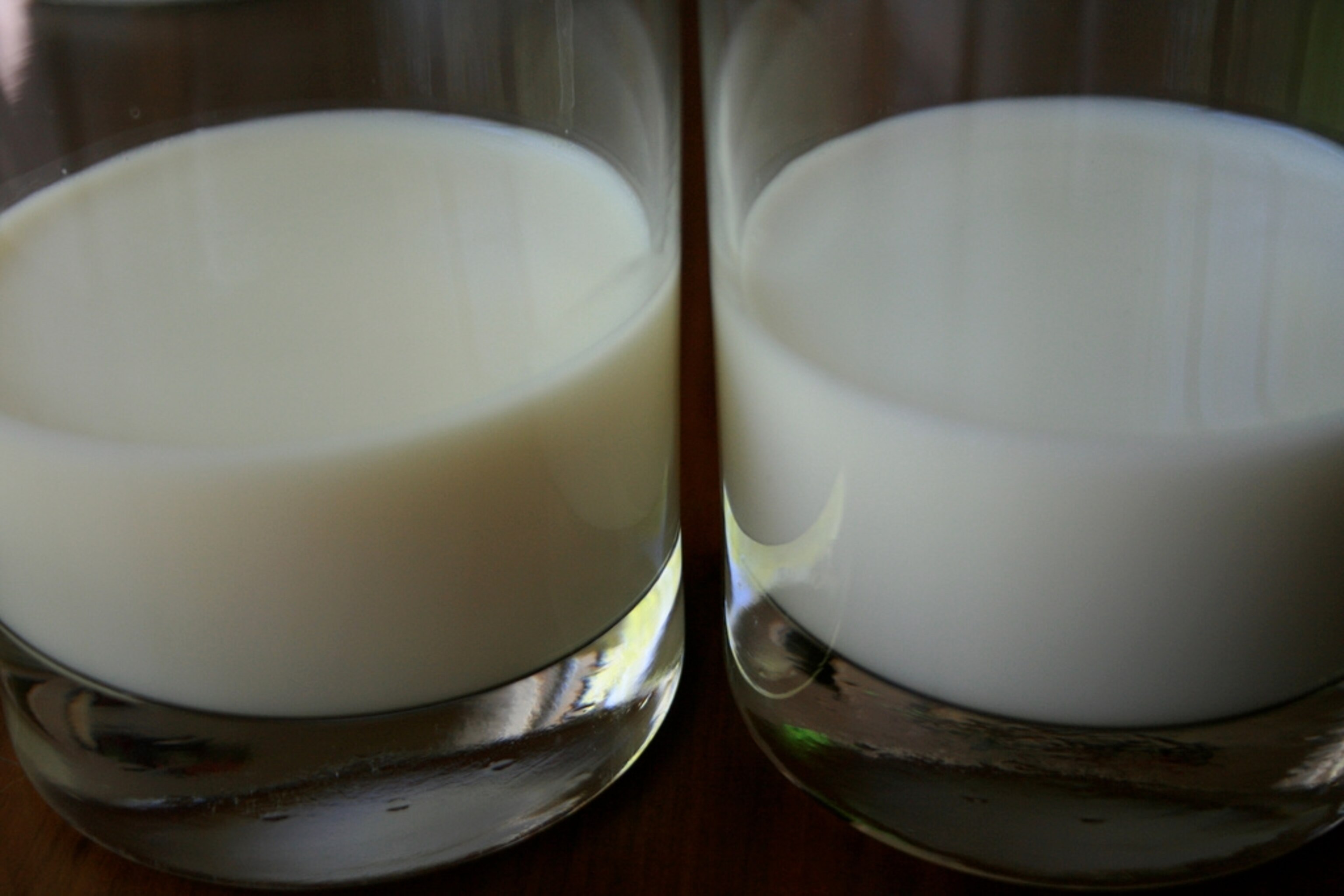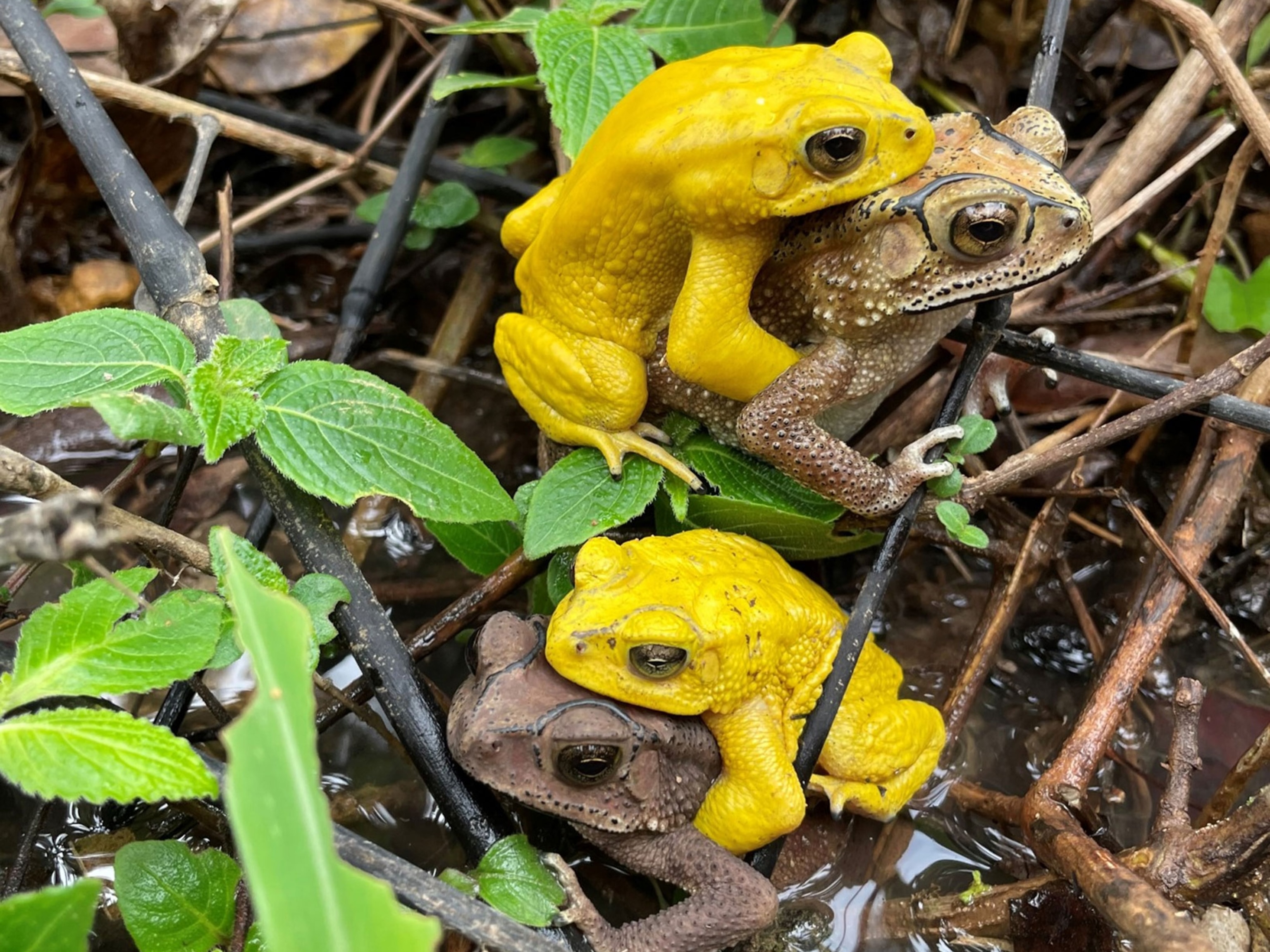
Did You Know? Weird Facts About Milk
The old Russian custom of dumping a live frog in a bucket of milk to keep the milk fresh just might make sense.
Frog skins, a handful of recent scientific studies show, are lush sources of antibacterial peptides, including some with the ability to battle such microbial hard cases as methicillin-resistant Staphylococcus aureus (MRSA), bane of hospitals and nursing homes. In other words, it just might be that the paddling Russian frog was the next best thing to pasteurization.
Provided, that is, that you think pasteurization is a good thing.
Most Adults Can’t Stomach Milk
Milk—the prime accompaniment of cookies; the star of countless milk-mustached “Got milk?” ads—has been a bone of contention for centuries. There’s a good evolutionary argument that we’re not supposed to drink it at all. Milk is intended for babies. Worldwide, some 75 percent of adults can’t stomach it; most of us, as we graduate from infancy, cease to produce the enzyme lactase, the chemical that allows us to digest lactose, the prime sugar in milk. Deprived of lactase, lactose makes us sick. By the time we’re ready to toddle, nature tells us (with a sharp biochemical prod) that we’re supposed to move on to other things. Arnold Schwarzengger wasn’t far wrong when he said, “Milk is for babies. When you grow up, you have to drink beer.”
For those of us who can drink milk, it’s still been a rocky road. Though the Mongols opted for mare’s milk, the Bedouins for camel, and the Lapps for reindeer, the bulk of non-mother’s milk consumed these days comes from cows. Up until the 20th century, that milk was iffy stuff. In the 18th and 19th centuries, milk from the family cow was often lethal. Milk sickness, also called the trembles, did in thousands of people in the American Midwest, among them Nancy Hanks, Abraham Lincoln’s mother. The problem was milk from free-range cows fed on the ubiquitous white snakeroot—a plant harmless to cows but, due to its content of the neurotoxin tremetol, lethal to human milk-drinkers.
Pasteurization was Originally Intended for Wine
Historically, the primary problem with cow’s milk, however, has been bacteria. Milk—crammed with sugar and protein—supports many, among them the evil geniuses behind tuberculosis, diphtheria, scarlet fever, and typhoid, plus E. coli, Listeria, and Salmonella. In cities, the mortality rate for kids under five—prime consumers of milk—was up to 50 percent in the 1840s.
Louis Pasteur, when he first came up with the process of pasteurization, wasn’t thinking about milk, but—good Frenchman that he was—about souring wine. The process for dealing with the problem, however, turned out to be pretty much the same: heat treatment to kill damaging germs. You’d think that would be the end of the story. But it’s not.
Today commercial milk is pasteurized but, for all its medical benefits, pasteurized milk was never an easy sell. In the United States, pasteurization wasn’t mandated until the early 1900s, and in Britain, not until 1949. The new technology made people nervous, though the benefits were undeniable. Eugenicists argued that infants who couldn’t survive “dirty milk” were best out of the gene pool. Pasteurized milk disproved them and saved lives.

Got Raw Milk?
Still, the debate has resurfaced today, with the raw milk movement—a push for the consumption of unpasteurized milk, backed by grassroots activists and the Weston A. Price Foundation in Washington, D.C. Raw milk advocates claim a raft of benefits from unprocessed milk-drinking, among them health-promoting enzymes, “good” bacteria, and factors that combat allergies and asthma – though the scientific evidence for these is shaky. There’s also the argument that raw milk tastes better.
The problem remains, however, that raw milk is awfully easy to contaminate. The more times it’s transferred, re-packaged, and moved around, the greater the risk of contamination becomes. According to the Centers for Disease Control and Prevention (CDC) in Atlanta, the chance of getting sick from raw milk is 150 times greater than from pasteurized milk—and some of those illnesses are catastrophic, leading to kidney failure and paralysis. Most physicians argue that the risks of drinking raw milk or feeding it to your kids outweigh its (possible) benefits. The American Academy of Pediatrics advises that infants, children, and pregnant women avoid raw milk.
At the very least, if you’re set on consuming raw milk, it’s best to buy it directly from the source—which should be a reputable and responsible farm.
Just be careful. And maybe get a frog.
This story is part of National Geographic‘s special eight-month Future of Food series.





